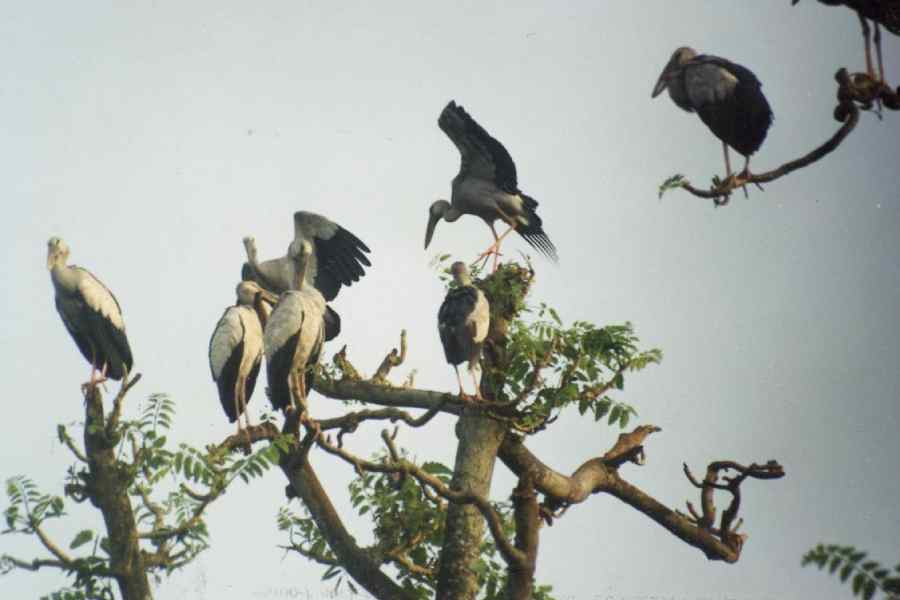Researchers have for the first time estimated the value of vultures in India as ecological scavengers and predicted that the captive breeding of the birds for release into the wild would provide far greater economic benefits than carcass-processing plants.
Through a study, conservation biologist Narayanan Ishwar and environmental economist Saudamini Das have shown that 600 captive-bred vultures could provide scavenging services equivalent to a plant that processes 25 carcasses per day.
They have also estimated that the value of a vulture’s lifetime scavenging services, taking into account the costs of vulture conservation and captive-breeding programmes, is ₹2.3 lakh in rural areas and ₹2.68 lakh near urban areas.
“We’ve generated economic evidence in favour of investing in captive-breeding centres over investing in the carcass-processing plants,” said Das, a professor at the Institute of Economic Growth, New Delhi, who specialises in environment and climate change economics.
Das and Ishwar have published their study in the journal Environment, Development and Sustainability.
The findings come at a time India is experimenting with the captive breeding of vultures at select sites — Pinjore (Haryana), Buxa (Bengal), and Bhopal (Madhya Pradesh) — as part of efforts to reestablish wild vulture populations, decimated since the mid-1990s.
Scientists estimate that India’s vulture population had by 2004-05 fallen to 0.1 per cent of their population in the early 1990s, the catastrophic decline attributed to exposure to the painkiller diclofenac, used in treating injured or dying cattle and buffaloes. Vultures that fed on the carcasses of animals treated with diclofenac developed kidney failure and visceral gout and died.
Conservation scientists pushed India’s drug regulatory authorities into banning the veterinary use of diclofenac in 2006. While the population decline of vultures appeared to have slowed down by 2011-12, their population remains abysmally low compared with the early 1990s.
Some studies indicate that the decline in vulture populations has extracted a huge human and economic toll. Livestock carcasses are not only the main source of food for vultures but are also eaten by dogs. With vultures vanishing, dogs had access to more food.
Environmental economist Anil Markandya at the University of Bath in the UK and his colleagues had estimated in 2008 that with the vulture population diminishing, the counts of feral or stray dogs in India had increased by 5.5 million, resulting in 38 million additional dog bites between 1992 and 2006.
Faced with the decline in vulture populations, some states have established carcass-processing plants that, some economists had argued, would enable hide, bones, and meat to be processed and provide jobs to people in neighbouring communities.
There is, however, uncertainty over the long-term viability of such plants as an adequate and steady supply of carcasses may not be available.
A carcass-processing plant in the National Capital Region has also faced legal challenges amid complaints of environmental and health hazards.
The study by Das and Ishwar has now shown that investing in captive breeding sites and establishing vulture-safe zones — by enforcing the ban on diclofenac use in livestock — provides a bigger benefit-to-cost ratio than investing in carcass-processing plants.
Their calculations for rural and urban settings — taking into account the cost of captive breeding for six years, release of the vultures in the seventh year, and assuming the life span of a vulture as 20 years — captive breeding is always better than carcass-processing plants.
The economic returns in all scenarios are in favour of captive breeding — the gains from captive breeding and vulture scavenging are estimated to range from 1.03 to 25.86 times the potential gains by investing in carcass-processing plants.










